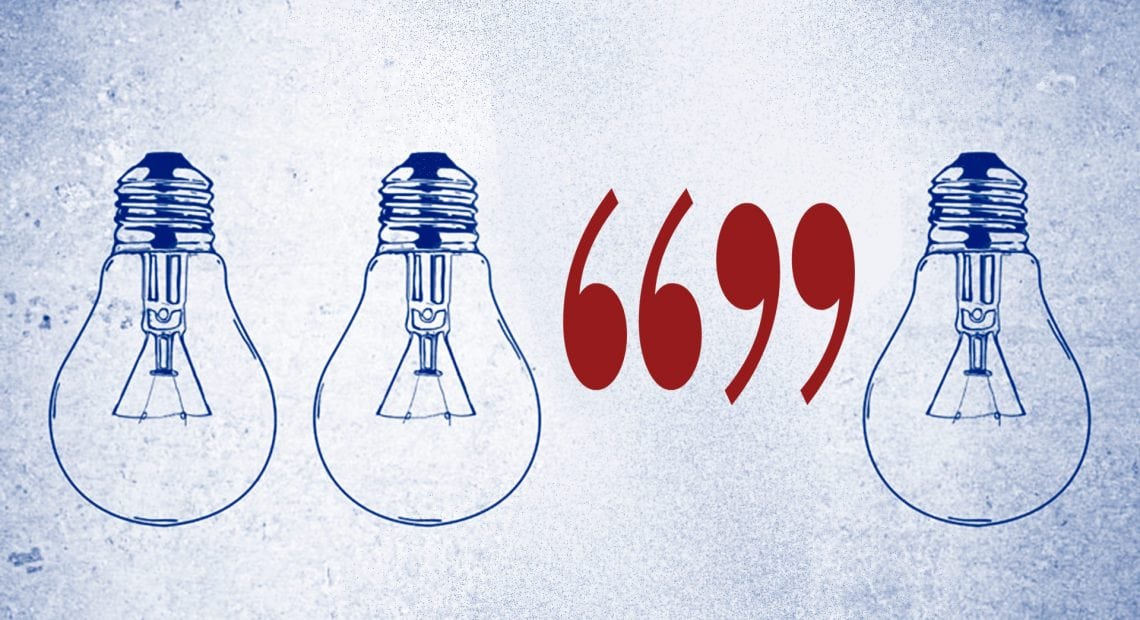Green-building Tax Breaks
By Lisa White, CPA, CJ Aberin, CCSP, and Brandon Val Verde, CEPE
On Dec. 20, 2019, a pair of tax provisions, Sections §45L and §179D, made their way into the government’s year-end spending package. These often-overlooked incentives provide a lucrative tax-saving strategy for the real-estate industry.
Not only were the 45L credit and 179D deduction extended through 2020, but the benefits can also be retroactively claimed if missed on prior tax returns. Real-estate developers, builders, and architects that may be unfamiliar with the provisions should take a closer look to avoid a missed opportunity.
45L: Tax Credit for Residential Real Estate
The 45L credit is a federal incentive worth up to $2,000 per qualified unit and is designed to reward homebuilders and multi-family developers of apartments, condos, or production homes. To qualify, a dwelling unit must provide a level of heating and cooling energy consumption that is 50% less than the 2006 International Energy Conservation Code (IECC) Standards.
Of this 50% reduction, a minimum of 10% must come from the building envelope. All residential developments and apartment buildings completed within the last four years are worth assessing for potential 45L tax credits. Eligible construction also includes substantial reconstruction and rehabilitation. The credit is available in all 50 states; however, developments must be three stories or less above grade in height.
Here’s an example of now the credit works:
A building owner has an apartment complex consisting of three, two-story buildings, and each building has 20 units. All 60 units meet the qualifications to claim the credit. In year one, 48 of the units go under lease. The credit in year one would be $96,000 ($2,000 x 48). In year two, if the remaining 12 go under lease, a credit of $24,000 can be claimed in that year.
Of course, there are some costs for this benefit. The amount of basis in the building will need to be reduced by the amount of the credit claimed. Since a credit is a dollar-for-dollar reduction in tax liability, taking a credit over a deduction usually results in a more favorable tax position. There is also the cost for the study and certification, but this expenditure would qualify as a business deduction.
The credit can be claimed in the year the dwelling unit is leased or sold, and there is no limit on the number of qualifying units that can be claimed. The amount of the credit applied is limited to the tax liability (meaning it’s not a refundable credit), and the credit cannot be used to offset AMT. However, any unused credit can be carried back one year or carried forward for 20 years.
The following types of projects should be evaluated, as there are typically benefits available for:
• Affordable housing (LIHTC);
• Apartment buildings;
• Assisted-living facilities;
• Production-home developments;
• Residential condominiums; and
• Student housing.
179D: Tax Deduction for Commercial Real Estate
While 45L typically applies to residential properties, 179D is designed for energy-efficient commercial buildings and offers a tax deduction of up to $1.80 per square foot for energy-efficient lighting, HVAC systems, and the building envelope.
Unlike most deductions, which are based on the amount spent, this deduction is primarily based on square footage. New construction and a wide range of improvements, from simple lighting retrofits to full-scale construction projects, are eligible for this beneficial tax break.
Improvements are limited to the affected area, and to be eligible, they must reduce energy and power costs by making investments in any of the following categories: a building’s envelope, HVAC and hot water, and/or interior lighting systems.
Beneficiaries of this deduction may include:
• Building owners (commercial or residential);
• Tenants making improvements; and
• Architects and designers of government-owned buildings.
Added Benefits for Architects and Designers of Government Buildings
Architects and designers who implement energy-efficient designs on government buildings are also eligible for the 179D tax deduction if their design meets the criteria. Because government entities cannot use the tax deduction, they can assign the deduction to the designer in the year that the building was placed in service. Since 179D was extended retroactively, architects, engineers, and building contractors should review government projects from prior years to obtain all the deductions for which they are eligible.
Claiming the Benefit
Pursuant to the IRS guidance on claiming these green-building tax breaks, taxpayers are required to certify the tax credit or deduction with a detailed engineering analysis. These supporting studies can be generated by a third-party provider.
While a taxpayer may have missed out on tax credits or deductions when filing original tax returns, the good news is that the tax benefits can be claimed retroactively, dependent on the taxpayer’s situation. A tax preparer can assist in the finer details while working with a qualified professional that has expertise in securing both 45L and 179D tax incentives.
Lisa White, CPA is a tax manager with Holyoke-based public accounting firm Meyers Brothers Kalicka, P.C.; [email protected]
CJ Aberin is a principal at KBKG and oversees the Green Building Tax Incentive practice. Over the last several years, he has performed green building tax incentive studies and cost segregation for clients in various industries that range from Fortune 500 companies to individual real estate investors.
Brandon Val Verde is a certified energy plans examiner and senior manager within the Green Building Tax Incentives practice of KBKG. His understanding of various energy standards and codes such as ASHRAE 90.1, IECC, and Title 24 allow him to identify opportunities for Green Building Tax Incentives.





